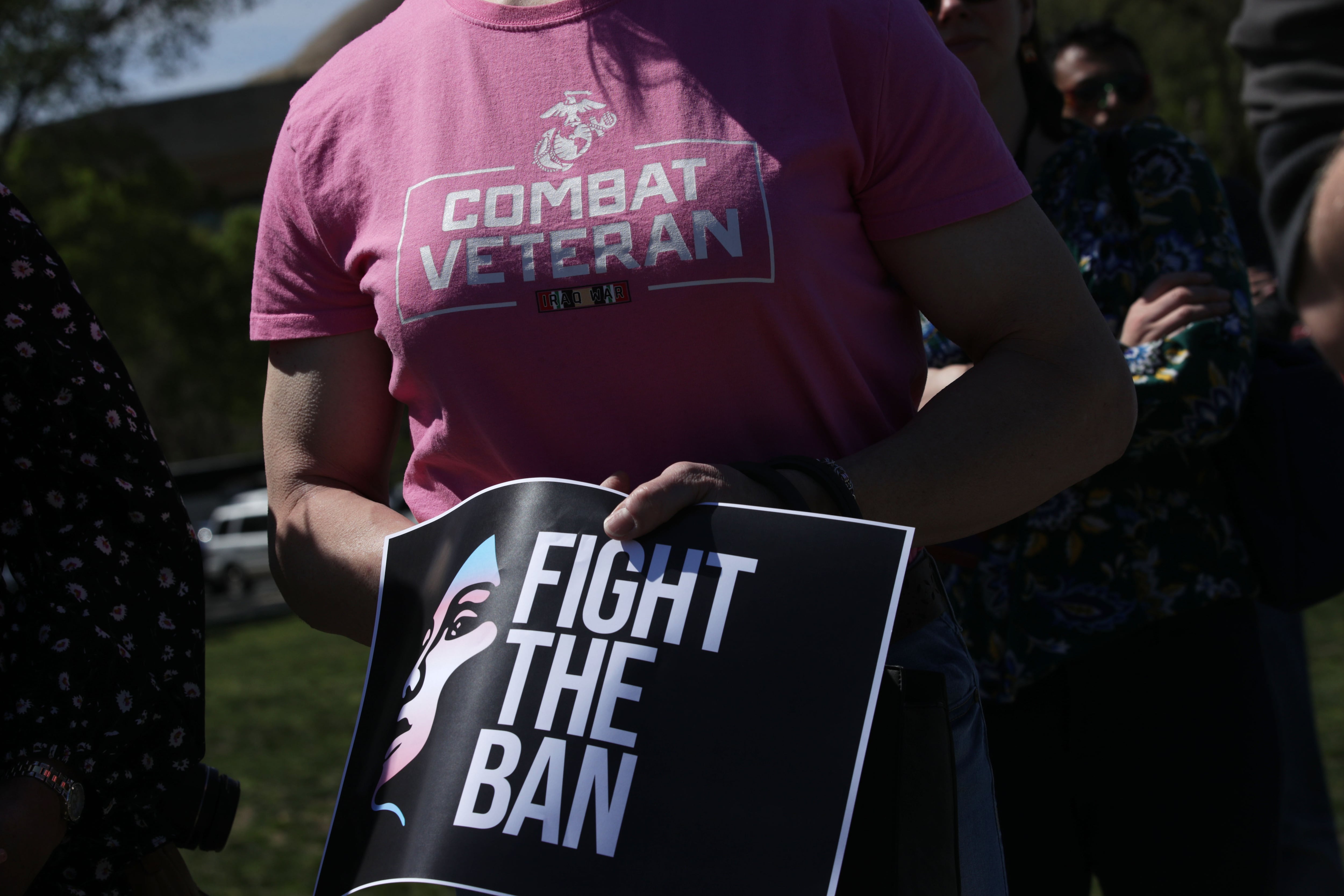Editor’s note: This story was updated Dec. 11 at 11:20 a.m. to include the number of affected airmen.
The Air Force will soon raise the cap on the number of years most enlisted airmen are allowed to stay in uniform before they must leave if they are not promoted.
Enlisted airmen ranging from airman basic to senior master sergeant — the grades of E-1 to E-8 — will become eligible to remain in the service for up to two more years per rank, according to a document outlining the updates that surfaced on Reddit Tuesday.
Service spokesperson Master Sgt. Deana Heitzman confirmed the changes to the so-called “up-or-out” rule for fiscal year 2024 on Tuesday. The Air Force plans to formally announce the extension Friday, according to the leaked document, which was current as of Monday.
The policy, formally known as “high year of tenure,” aims to limit stagnation in the ranks by dictating how long airmen can sit at each rung of the career ladder. Still, letting troops stay in the service longer is one lever the Air Force occasionally pulls to help ensure its jobs are filled. The service last tweaked high year of tenure limits in 2019.
The new cutoffs are 10 years for airmen basic, airmen and airman 1st class; 12 years for senior airmen; 22 years for staff sergeants; 24 years for technical sergeants; 26 years for master sergeants; and 28 years for senior master sergeants, according to the leaked page of talking points.
The cutoff for chief master sergeants, the Air Force’s highest enlisted rank, will remain at 30 years of total active federal military service.
Airmen who are slated to hit their high year of tenure by the end of September 2024 can choose not to take the extension and remain on active duty for another 12-24 months, the leaked document said. Some exclusions apply.
Those at the rank of senior airman or below who want to separate on their original cutoff date can also opt out of the extension to collect separation pay, the Air Force said. Requests to do so must be approved by an airman’s high year of tenure date or Feb. 16, 2024, whichever comes first.
“Eligible airmen currently approved for separation or retirement under current [high year of tenure] policy will automatically have their [high year of tenure] date extended,” the document added.
Fewer than 2,000 airmen will be affected by the change, Heitzman said.
The update aims to “retain experience and enhance mission effectiveness,” according to the leaked page.
“Manning to the full [regular Air Force] end strength is foundational to fielding the airmen we need to outpace the future challenges that may emerge throughout the spectrum of conflict,” the document said.
The Air Force aims to fill 324,700 active duty jobs in fiscal year 2024. Enlisted airmen make up more than three-quarters of the force.
The high year of tenure move comes as the Air Force reshapes its enlisted enterprise to keep troops in the service’s lowest ranks longer, hoping to build experience among early-career service members and to ensure that lagging enlisted recruitment doesn’t lead to too few entry-level troops.
Amid those workforce shifts, Heitzman said in August the Air Force expected to finish fiscal year 2023 at an enlisted retention rate of about 90%.
Enlisted retention levels have remained stable as airmen embrace the job security of staying in uniform, Col. Joshua Hawkins, the Air Force’s chief of military force policy, noted Tuesday in a preview of “up-or-out” changes at a public meeting of the Defense Advisory Committee on Women in the Services.
That means if airmen are given the option to spend another two years in uniform that they wouldn’t otherwise get, they’re likely to take it.
The service predicts it will see enlisted retention decline by less than 0.5% over the next five years, Hawkins added.
Military Times freelance reporter Hope Hodge Seck contributed to this story.
Rachel Cohen is the editor of Air Force Times. She joined the publication as its senior reporter in March 2021. Her work has appeared in the Washington Post, the Frederick News-Post (Md.), Air and Space Forces Magazine, Inside Defense, Inside Health Policy and elsewhere.





